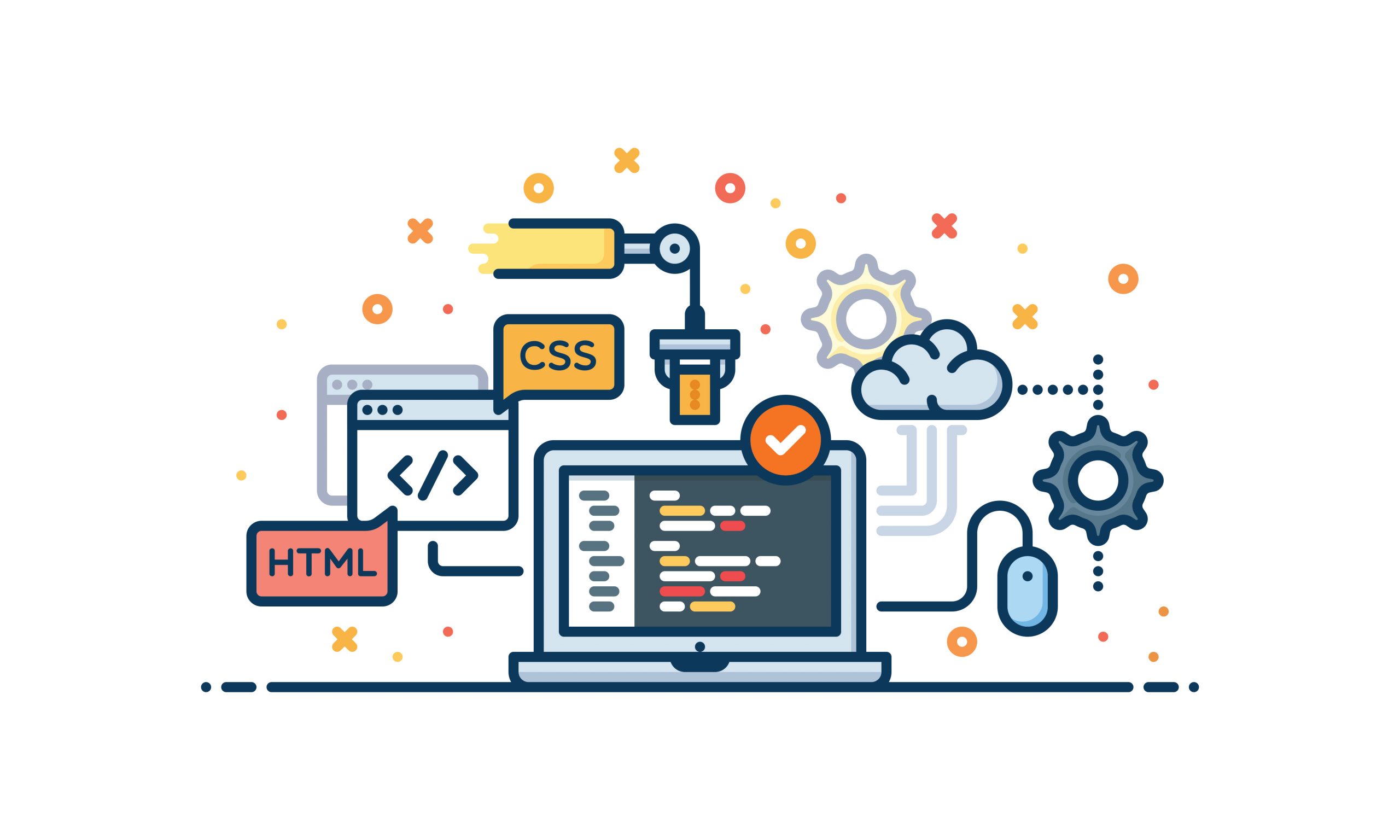3rd August 2021
SaaS Development: In-house or Outsourced?
Start-up founders come from all walks of life, and are often inspired to launch their project thanks to a unique insight from their particular experience, be it professional or personal. Not all of them will be coming from a business background however, and so they can often find themselves struggling to get to grips with the day-to-day realities of running their own business.
In this piece we’ll be taking a look at the key metrics you’ll want to be keeping an eye on as your SaaS start-up grows. The details will vary depending on what kind of business model you’ve chosen for your SaaS (one-off payment, subscription etc), but these categories will apply in some way to any SaaS enterprise as a solid starting point for gauging the health of your business.
So let’s get started with our guide to the key metrics you’ll want to be keeping an eye on for your SaaS!

An all important metric for obvious reasons, tracking your active users will be a foundational pillar on which so many of your decisions as a business will be made. The most obvious one is how you scale-up (or down) your SaaS offering.
For potential investors, this metric will prove at least as important as your MRR (Monthly Recurring Revenue). Even if your SaaS hasn’t become profitable yet, your DAU/MAU is a store of value, and a key data point for calculating growth rate.
Defining what counts as an active user can be a contentious issue, and as you can imagine it is ripe for artificial inflation to project a level of success that isn’t entirely faithful to reality. Facebook defines active users as ‘A monthly active user as a registered Facebook user who logged in and visited Facebook […] in the last 30 days as of the date of measurement.’
This is a fair measurement and is more likely to apply to most SaaS products than Daily Active Users, which is rare for any but the most popular or all-encompassing apps to expect users to log on every day.
You won’t find a single business owner – SaaS or otherwise – who won’t be pouring over this metric as often as they can. Despite it’s obvious importance, we won’t dwell on it too long but to say that it’s clearly a significant metric for any SaaS business looking to prove its worth to potential investors.
The Idea-to-Launch program here at Angle is more concerned with getting you to your first MRR in the black and keeping it there. If you’re still in the earliest stages of planning your SaaS product, you may want to check out this handy MRR calculator to get an idea of the relationship between your active users and your wider revenue model.
Bookings refers to the total value of all of the new contracts signed with customers over a period of time, usually one year. It is differentiated from sign-ups by the fact that it can also refer to a contract signed, but not delivered, so is more common amongst B2B companies that deliver over longer timeframes than more immediate consumer-facing SaaS.
It’s a useful metric to compare against cash flow, i.e. if bookings are high, but cash flow is stagnating, it suggests problems in delivery and completion timeframes.
Burn rate describes the amount of cash a start-up goes through to meets its operating costs, otherwise known as ‘negative cashflow’. This is a key metric for obvious reasons, and will have to be tightly controlled to avoid spiralling costs crippling your business before it’s had a chance to turn a profit.
Churn rate can get confused between two definitions, distinguished as customer churn rate and revenue churn rate. Whilst they both refer to the same principal – loss of revenue/customers, it can serve to look at them both separately to ensure that one does not obscure the other.
For example, revenue churn could be down to customers downgrading their subscription to your SaaS, whilst leaving the customer churn rate unchanged.
The flipside of churn rate, Retention Rate, looks at how many customers are retained over a period of time. Whilst getting new sign-ups is clearly important, Retention Rate is just as, if not more, significant as no start-up will be able to survive beyond its first year if the product isn’t retaining customers.
Calculated on a per-customer basis, Customer Acquisition Cost is fairly self-explanatory, although getting an accurate read on this metric can prove more challenging. Firstly, you must distinguish between paid CAC (which includes customers acquired through paid marketing), and Blended CAC, which includes all customers acquired, including organic traffic and referrals.
A common mistake in calculating this metric is to fail to include all of the costs involved in getting new business signed up. It should account for the cost (often on an hourly basis) of all marketing efforts, from PPC ads to time spent posting on social media and devising email marketing campaigns. For many start-up founders, much of this work is done off their own back, so it can be difficult to put a number to it. Nevertheless, you should be looking to feed this data in to the metric, if only for your own analysis of hours spent and ROI.
With a good analytics framework to keep tabs on these key metrics, your SaaS will be off to a strong start and in a good position to reactively adapt to sustain growth and get that MRR/ARR ticking over. Stay tuned to catch more of our SaaS founder guides and how-to’s on the Angle blog!

SaaS Development: In-house or Outsourced?

Why is Accessibility in Web Design Important and How Can You Achieve it?

How to hire your first software engineer
Conversion-led with proven R.O.I. success
Instant results, long-lasting impact.
Vast experience
Established since 2003, servicing local businesses and global brands.
Friendly and proactive support
We build personal connections, ensuring your brand is in safe hands.
We'd love to discuss your project
Tell us about your project and get a quote.
Are you in need of more business?
We can double your conversion rates by optimising the user experience
Get a FREE UX audit on your website